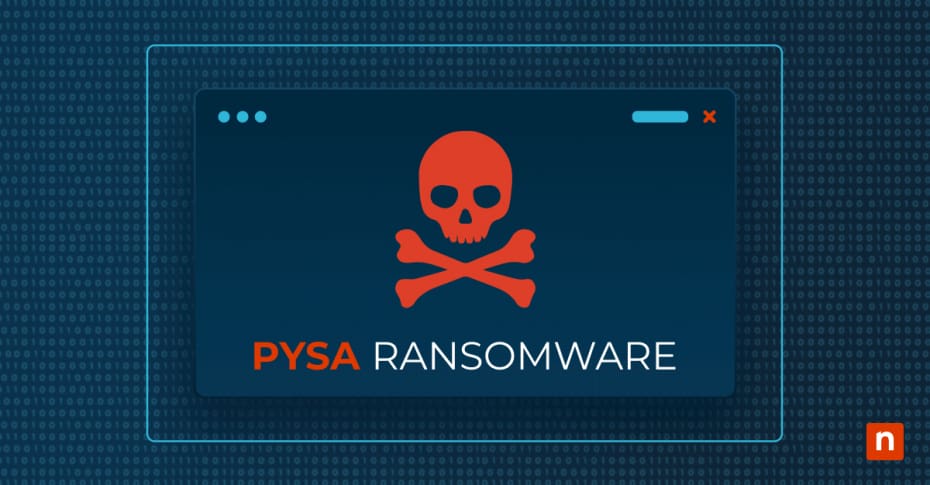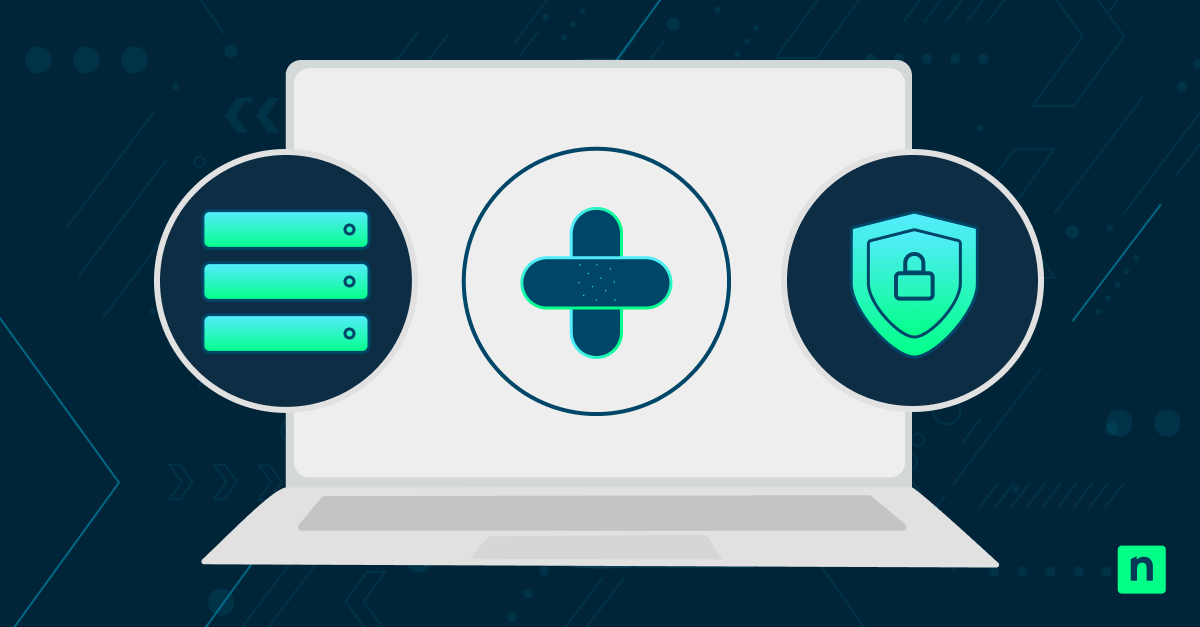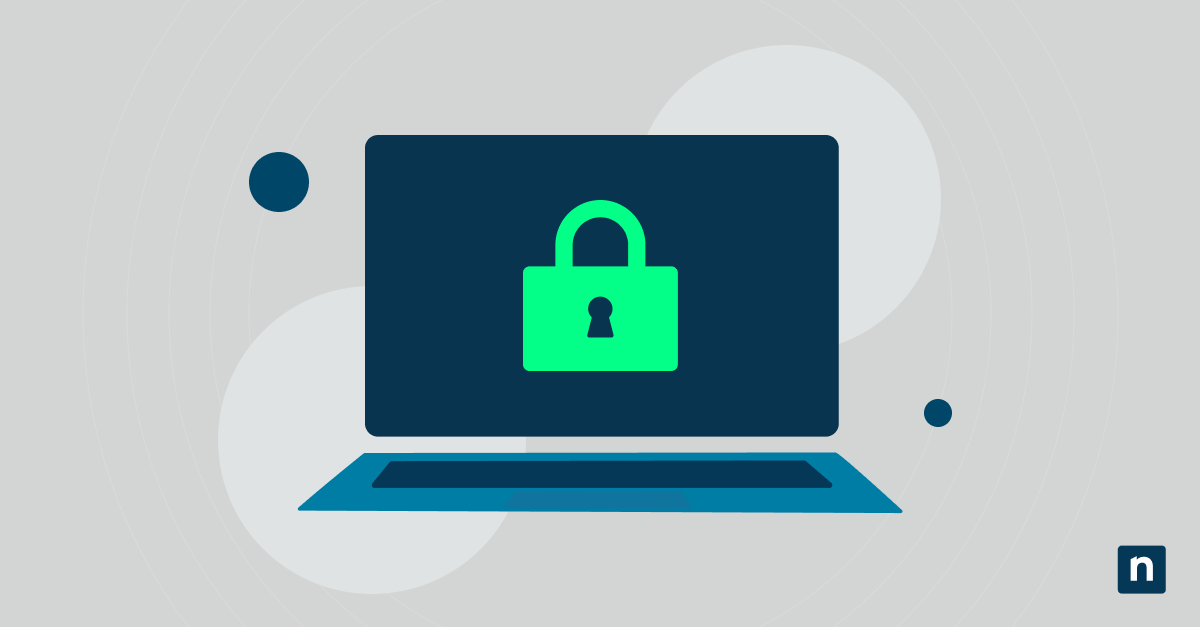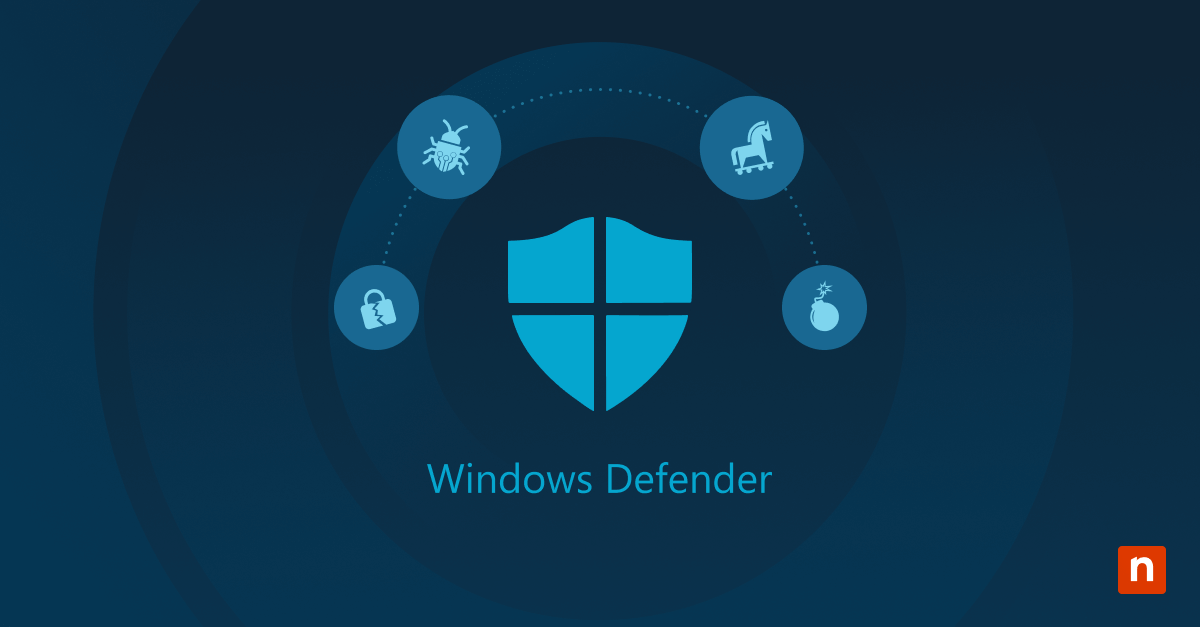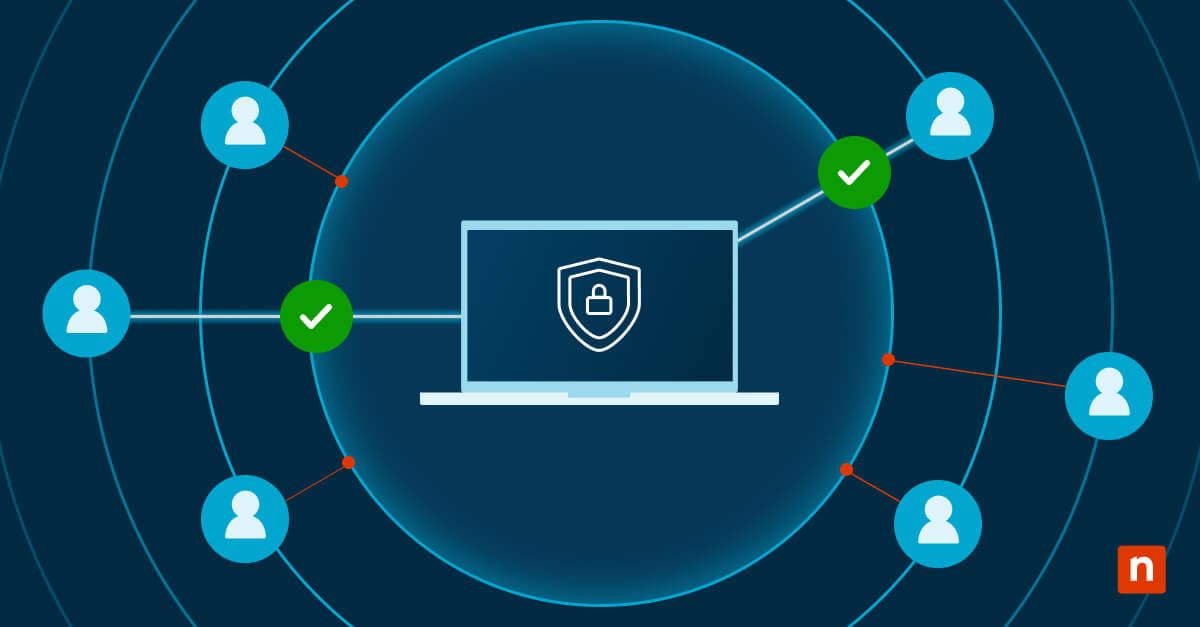According to MITRE, PYSA ransomware was first used in October 2018 and has been observed targeting high-value sectors such as finance, government, and healthcare organizations.
What is PYSA ransomware?
Protect Your System Amigo (PYSA ransomware) is a form of malware that targets large organizations and public sectors, encrypts data and demands ransom for its release. PYSA ransomware prevention requires a solid defense-in-depth approach with multiple layers of security to protect your organization from this sophisticated threat.
How PYSA ransomware operates
Typically, PYSA targets Windows and Linux systems. It gains access by exploiting vulnerabilities, such as weak passwords in Remote Desktop Protocol (RDP) connections or it uses phishing emails to deceive employees into downloading malicious attachments.
Once inside, PYSA deploys a PowerShell script to escalate privileges and spread laterally across the network. It systematically encrypts files, appending a unique extension to locked data, rendering them inaccessible. The ransomware then drops a ransom note in each affected directory, demanding payment in cryptocurrency for decryption keys.
PYSA ransomware prevention strategies
This method of ransomware not only disrupts operations but also threatens to leak stolen data if the ransom isn’t paid. To effectively counter PYSA ransomware, you must implement strong network security measures. Here are some prevention strategies you should consider:
Network security measures
Incorporating specific cybersecurity strategies can significantly improve PYSA ransomware protection. Here are key strategies and their respective benefits:
- Network division: By segmenting the network into isolated sections, you can prevent ransomware from spreading across the entire network.
- Access controls: Implementing robust access controls restricts unauthorized access and helps limit the entry points for ransomware, thereby reducing the risk of unauthorized users gaining access to sensitive areas of the network.
- Continuous monitoring: Employ continuous monitoring of network traffic and behaviors to detect any unusual activities. This is a proactive method that enables you to respond quickly to potential threats, thereby minimizing damage and containing the ransomware.
Employee training and awareness
While implementing strong network security measures can greatly reduce risks, educating your employees on recognizing and responding to PYSA ransomware threats is equally important. You’ll want to focus on training programs that enhance their ability to identify phishing attempts and suspicious links, which are common vectors for this type of malware. Regular training sessions should include simulations of phishing attacks to test employee vigilance.
Regular software updates and patching
Regularly updating software and applying patches is vital in shielding your systems from PYSA ransomware vulnerabilities. Developers continually identify and fix security flaws and release updates that close these gaps. By neglecting these updates, you’re leaving doors wide open for attackers to exploit known vulnerabilities.
It’s important to automate your update processes wherever possible. This guarantees that you’re applying the latest security patches without delay. Prioritize updates for your operating systems, applications and any network security tools. Remember, each unpatched device can act as a potential entry point for ransomware.
Data backup and recovery plans
Implementing a robust data backup and recovery plan is essential for mitigating the risks associated with PYSA ransomware attacks. Here’s a breakdown of critical parts of your backup plan:
- Frequency: Perform daily backups at a minimum to minimize data loss in case of an incident.
- Protection against encryption: Store your backups in a way that protects them against being encrypted in a ransomware attack. This can include using immutable storage, which prevents data from being altered or deleted for a set period.
- Versioning: Maintain multiple historical versions of your data to allow recovery from various points in time.
- Testing: Regularly test data restoration processes to ensure backups are reliable and can be restored quickly.
- Security: Encrypt backups and restrict access controls to protect sensitive data from unauthorized access.
Impact of PYSA ransomware attacks
PYSA ransomware attacks often require substantial payments to recover encrypted data and can severely impact your organization financially. You’ll also face operational disruptions, which can halt your business processes and result in significant productivity losses. These attacks also compromise sensitive data, leading to privacy violations and potential long-term reputational damage.
Financial consequences
While PYSA ransomware attacks primarily target large organizations, the financial repercussions can be devastating, often resulting in substantial monetary losses and operational disruptions. There are several financial implications of a ransomware attack, such as:
- Direct costs: Ransom payments and IT restoration.
- Indirect costs: Legal fees, penalties, and insurance premiums.
- Long-term effects: Loss of customer trust and market position.
Operational disruptions
How do operational disruptions unfold when a PYSA ransomware attack hits your organization? Initially, the malware encrypts vital files and systems, rendering them inaccessible. This halts your operations almost immediately, as crucial data required for daily activities becomes unavailable. You’re likely to see a ripple effect; customer service can’t access databases, sales processes are stalled due to inaccessible inventory systems and production lines may shut down if they rely on digitized control systems.
Additionally, recovery isn’t simply a matter of hours. Restoring data and systems often takes days, if not weeks, depending on the extent of the encryption and the availability of clean backups. During this period, your operational capacity is significantly reduced, impacting your ability to generate revenue and meet contractual obligations.
Data loss and privacy concerns
When the malware encrypts your files, it renders them inaccessible without a decryption key. This encryption typically targets sensitive information, which not only hampers your operations but also risks exposing personal and financial data if leaked. The attackers may threaten to publish your confidential data on dark web forums if you don’t pay the ransom, leading to privacy violations. Restoring data from backups isn’t foolproof, since backups can be corrupted or encrypted by the ransomware if they aren’t properly isolated.
Reputational damage
Beyond the immediate threats to data integrity, PYSA ransomware attacks can severely tarnish your organization’s reputation. When attackers access and potentially leak sensitive data, the public perception of your security measures becomes compromised. Stakeholders lose trust, fearing their personal and financial information isn’t safe. This erosion of trust can lead to a decline in customer base and potential legal consequences, which might further damage public perception and investor confidence.
Recovering from such reputational damage often requires significant investments in public relations and improved security infrastructure, which can strain your financial resources. The long-term impact on your market position can be substantial, potentially causing irreversible harm to your brand’s value and standing within the industry.
Future trends in PYSA ransomware protection
You need to stay informed of emerging technologies and cybersecurity practices to effectively implement PYSA ransomware prevention strategies. Anticipate enhanced machine learning algorithms that can predict and neutralize attacks before they infiltrate networks. Blockchain technology could decentralize data storage, reducing the single-point vulnerabilities that ransomware typically exploits. Also, look for advancements in behavioral analytics that monitor systems for unusual activity, offering real-time threat detection and mitigation.
The types of cyber threats your organization might encounter are diverse and constantly evolving. However, with the right approach, you can significantly reduce your risk. To get a head start on cyber threat prevention, consider using NinjaOne’s built-in tools for endpoint security.
NinjaOne gives you complete control over end-user devices, enabling you to manage applications, remotely edit registries, deploy scripts and mass configure devices. Ensure your technicians have exactly the access they need, and you will have the ability to manage that access at scale. Start your NinjaOne free trial here.

